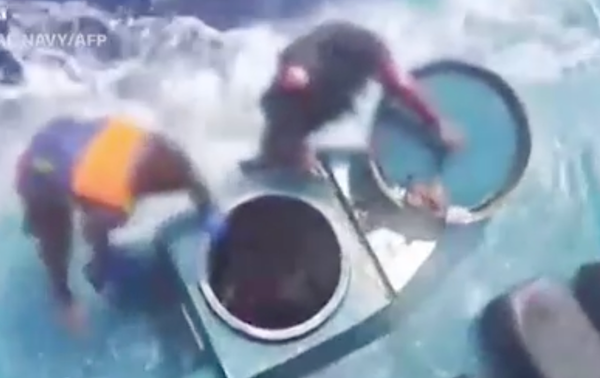
The Met Office’s atmospheric survey aircraft (Moasa) flew for the last time on 11 April, after funding ended.
Packed with scientific instruments, Moasa has been on standby to examine the fringes of volcanic ash clouds to see if it is safe for commercial jets. It also flew over London, Birmingham and Manchester to see pollution changes during lockdown and recently worked with university researchers as they made measurements on the ground.
It was designed to carry three people, and on first impression flying in Moasa felt like a fairground ride. The pilot Tim Lewton seemed worryingly busy with controls as we climbed away from Bournemouth airport, the propellers thundering a few metres from my head. The Met Office scientist Joss Kent sat behind me watching readouts from instruments hung below the wings and packed into the cabin and nose. A laser probed the air above us too. Kent read out results from our first source of the day, the nitrogen dioxide from the aircraft around us. Others followed.
Aircraft measurements began in 1918 and have been important to predict how pollutants build up in the air over our cities and how polluted air moves from place to place. In the 1970s they were pivotal to connecting the UK’s coal-fired power stations to acid rain and forest dieback in Scandinavia.
Moasa was designed after the 2010 Eyjafjallajökull eruption that closed most of Europe’s airspace.
Over the countryside we saw dust from construction sites and quarries, and measured soot from bonfires on farms.
As we passed low over Canary Wharf and the Millennium Dome in London, Moasa’s instruments detected the nitrogen dioxide and particle pollution drifting upward from the city’s traffic.
Over the Channel smoke trails hung behind the ships below. Marine fuel used in the Channel contains 100 times more sulphur than the petrol and diesel in a car, as well as many heavy metals. From the Channel we also saw a brown layer of air pollution from agriculture and industry settled over France. This would spread over London later that day.
Our home leg took us at low level, 150 metres (500ft) above the sea. Previous flights have measured pollution from the cruise ships moored in Southampton Water, but I suggested diverting over the domed-shaped Marchwood waste incinerator. As we turned, we measured one of the biggest pollution spikes of the day; but it was also one of our closest sources at just a couple of hundred metres beneath. A quick check of the instruments showed the incinerator’s particle filters were working.
The data we collected will be used to drive warning systems to tell vulnerable people when air pollution is going to become especially severe and to verify that pollution sources are being controlled correctly. Sadly, with funding at an end, it looks like Moasa will be sold and converted back into a small passenger plane.







